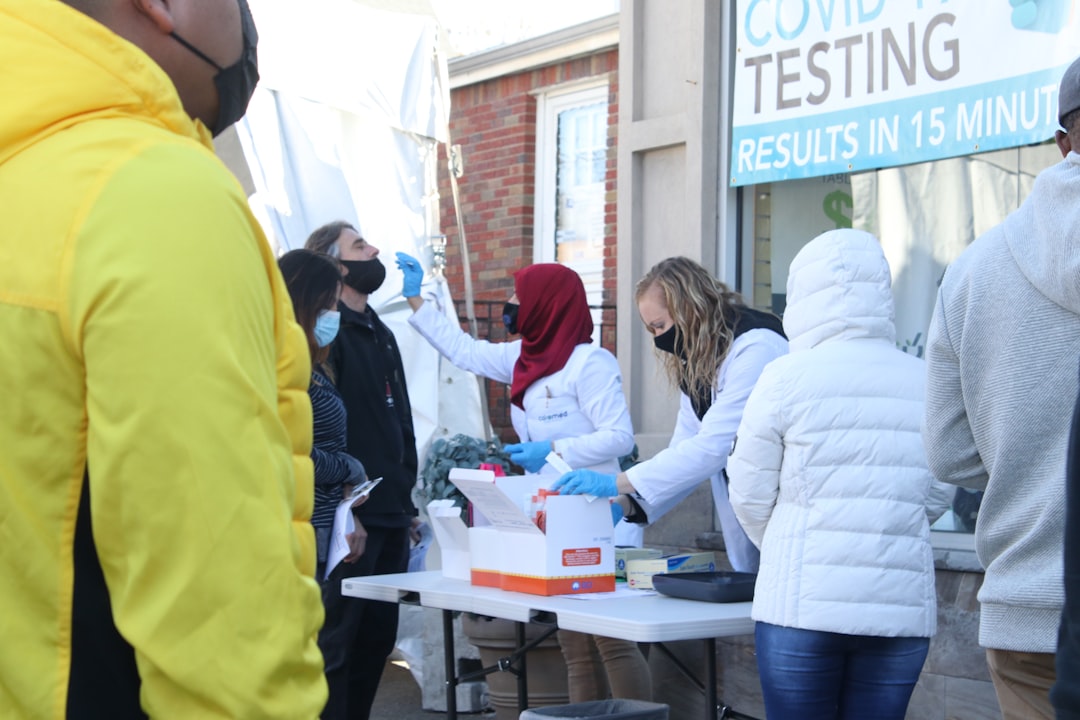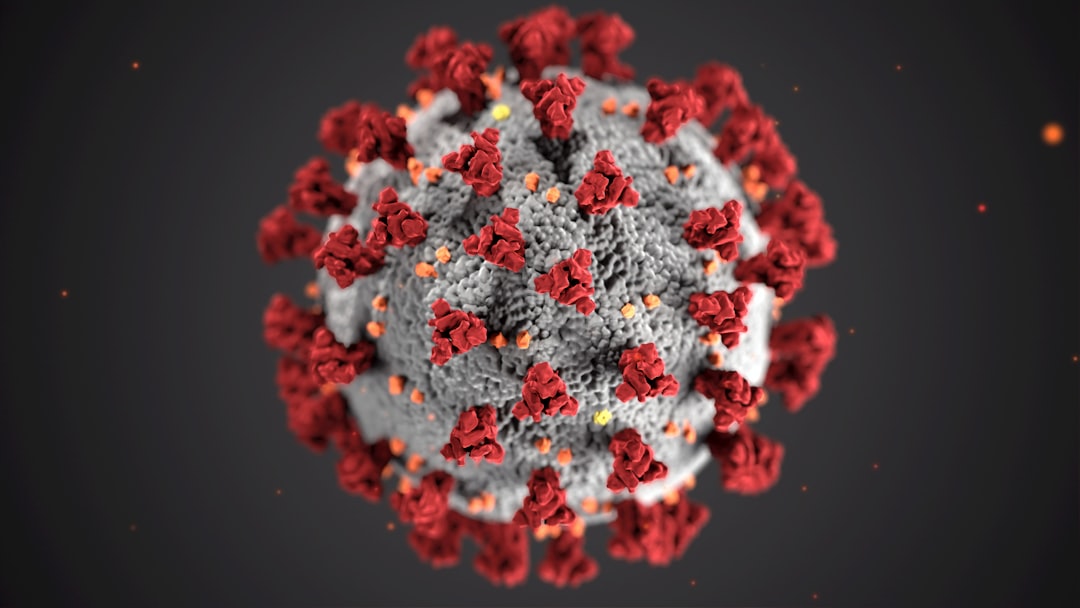What is it about?
The control of breathing is essential for life. Without an adequate response to increased carbon dioxide levels, people can suffer from breathing disturbances, sickness, and panic. In worst-case scenarios, it can lead to premature death, as in sudden infant death syndrome. There has been some debate over how the brain controls breathing. Here we show that when exposed to decreased oxygen or increased carbon dioxide levels, the brain releases a small molecule called Prostaglandin E2 (PGE2) to help protect itself and regulate breathing. To discover this mechanism, we developed a novel model system to study the brain. We grew a section of a mouse’s brainstem (the central trunk of the brain) in a dish. This organotypic brainstem slice contained an arrangement of nerve and supporting cells that allowed it to ‘breathe’ for three weeks. During this time, we monitored the cells, cellular networks and their behaviour in response to changes in the environment. Our novel brainstem culture first revealed that cells responsible for breathing operate in a small-world network. Groups of these cells work very closely with each other, with each group interconnected by a few additional cells that appear to work as hubs. This networking activity and the rhythmic respiratory motor output it generated were preserved for the full three weeks, suggesting that our brainstem can be used for long-term studies of respiratory neural network activity. Secondly, we saw that exposure to different substances made the brainstem breathe faster or slower. Perhaps most interesting was its response to carbon dioxide, which triggered a release of PGE2. Here, PGE2 acted as a signaling molecule that increased breathing activity in the carbon dioxide-sensitive brainstem region, leading to slower and deeper breaths, or ‘sighs’.
Featured Image
Why is it important?
This novel model system reveal how the brain generate and modulate behavior in response to environmental cues. Neural cells organized in functional small-world networks permit stable yet plastic behavior vital for life. Modulation of Sighs, Inspiration as well as inflammation by Prostaglandin open up new therapeutic pathways. These new insights have important implications for babies, who experience significantly reduced levels of oxygen during birth. At this stage, PGE2 protects the brain and prepares the brainstem to generate deep sigh-like breath intakes, resulting in the first breaths of air following birth. The study also reveals a novel pathway linking the inflammatory and respiratory systems. PGE2 is released during inflammation and fever, which can dysregulate breathing patterns and interfere with normal responses to carbon dioxide. This can in turn cause disturbed and even dangerous halts in breathing. “Our findings go some way to explaining how and why our breathing responses to imbalanced oxygen and carbon dioxide levels are impaired during infectious episodes. It also helps further our understanding of why infection can inhibit breathing so severely in new-born babies,” We now want to find out how breaths form and develop during episodes of inflammation. This could be useful for researching potential new ways to save babies’ lives when they are unable to catch their breaths.
Perspectives
This novel brainstem culture first revealed that cells responsible for breathing operate in a small-world network. Groups of these cells work very closely with each other, with each group interconnected by a few additional cells that appear to work as hubs. This networking activity and the rhythmic respiratory motor output it generated were preserved for the full three weeks, suggesting that our brainstem can be used for long-term studies of respiratory neural network activity
Dr David Forsberg
Read the Original
This page is a summary of: CO2-evoked release of PGE2 modulates sighs and inspiration as demonstrated in brainstem organotypic culture, eLife, July 2016, eLife,
DOI: 10.7554/elife.14170.
You can read the full text:
Resources
Contributors
The following have contributed to this page










